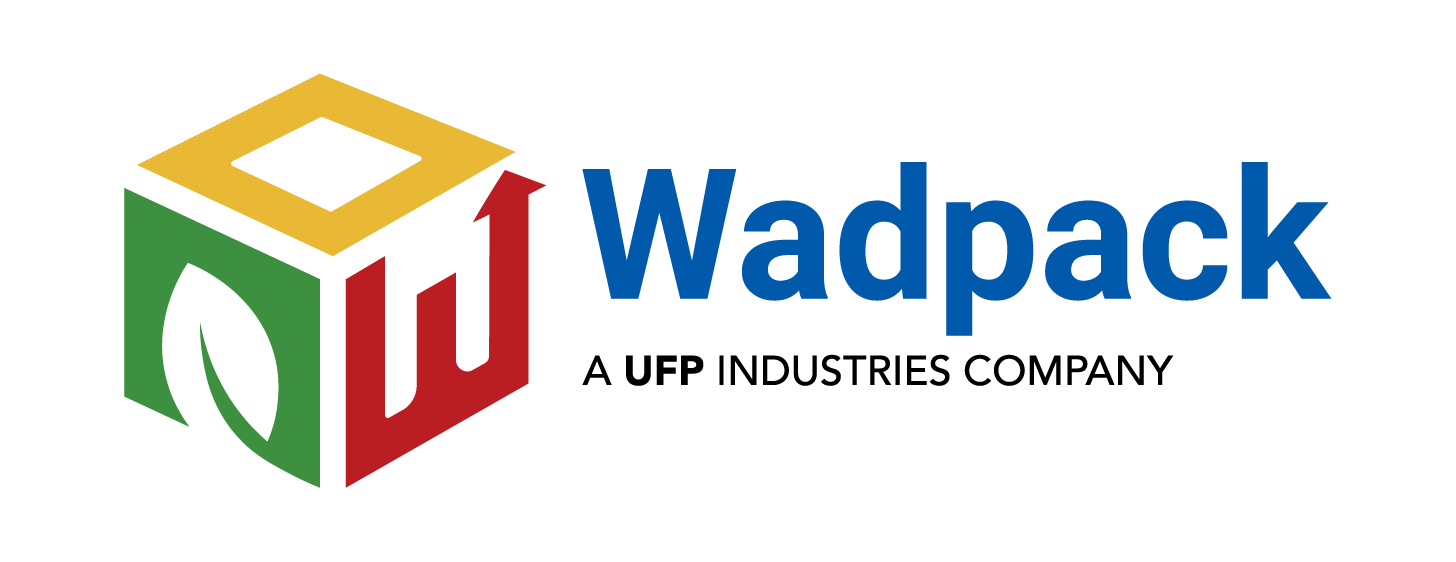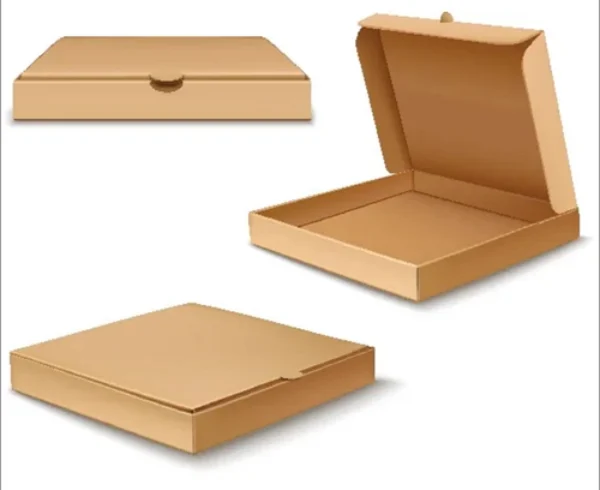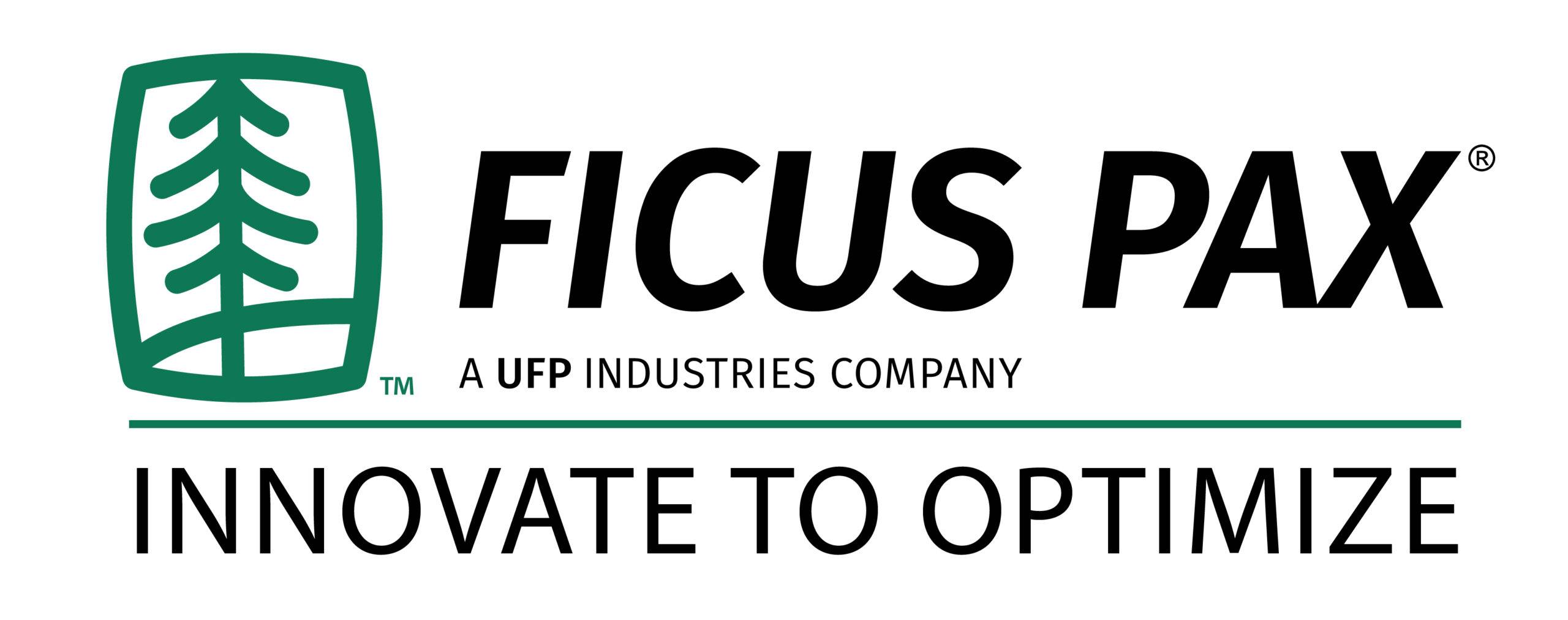Ways To Calculate How Much Weight a Corrugated Box Can Hold
Calculating how much weight a corrugated box can hold involves considering several factors, including the box’s dimensions, strength, and intended use. Here are some ways to calculate the weight capacity of a corrugated box:
- Burst strength test: This test measures the amount of pressure that a box can withstand before bursting. It is conducted by applying pressure to a small area of the box until it ruptures. The burst strength is measured in pounds per square inch (psi) and can be used to estimate the weight capacity of the box.
- Edge crush test: This test measures the amount of force that a box can withstand before the edges collapse. It is conducted by placing the box between two plates and applying force until the edges collapse. The edge crush strength is measured in pounds per inch (pli) and can be used to estimate the weight capacity of the box.
- Box compression test: This test measures the amount of force that a box can withstand before it collapses. It is conducted by placing the box between two plates and applying force until the box collapses. The box compression strength is measured in pounds and can be used to estimate the weight capacity of the box.
- Box size and weight guidelines: Many manufacturers provide guidelines for the maximum weight that a box can safely hold based on its size and strength rating. These guidelines can be used to estimate the weight capacity of a box.
Things To Consider While Designing a Cardboard Box
When designing a cardboard box, there are several factors to consider to ensure that the box meets the specific requirements of the product being shipped and the shipping method used. Here are some things to consider while designing a cardboard box:
- Size and shape: The size and shape of the box should be tailored to fit the product being shipped. The box should be able to hold the product securely without leaving too much empty space, which could increase the risk of damage during shipping.
- Strength and durability: The strength and durability of the box should be appropriate for the weight and fragility of the product. This can be determined through testing and choosing the appropriate corrugated board material, flute size, and board thickness.
- Closure method: The closure method should be secure and appropriate for the contents being shipped. Common closure methods include adhesive tape, staples, and interlocking flaps.
- Printing and labeling: The box should be appropriately labeled with information such as the product name, weight, and handling instructions. The printing on the box should be durable and clear.
- Environmental impact: Consider using recycled materials, reducing excess material usage, and choosing biodegradable or compostable materials.
- Shipping method and regulations: The box should meet shipping regulations for the mode of transportation used and be designed to withstand the expected handling conditions during shipping.
- Cost: The cost of the box should be balanced with its performance and durability. Lower cost materials may be adequate for certain products, while high-value or fragile products may require more expensive, heavy-duty packaging.
Insight Into the Types of Printing on Corrugated Boxes
Printing on corrugated boxes can help to promote the brand, provide information about the product, or make the box more visually appealing. There are several types of printing techniques that can be used on corrugated boxes, including:
- Flexographic Printing: Flexographic printing is a common printing method used for corrugated boxes. It involves a flexible printing plate made of rubber or polymer that is mounted on a printing cylinder. The plate is inked and then the inked image is transferred onto the corrugated box material. Flexographic printing is ideal for printing simple designs, such as logos or text.
- Lithographic Printing: Lithographic printing, also known as offset printing, is a high-quality printing technique that uses printing plates made of aluminum. The ink is transferred from the printing plate onto a rubber blanket, which then transfers the ink onto the corrugated box material. Lithographic printing is ideal for printing more complex designs and high-quality images.
- Digital Printing: Digital printing involves printing directly onto the corrugated box using a digital printing press. Digital printing is ideal for printing small quantities of boxes or for printing variable data, such as barcodes or unique product information.
- Screen Printing: Screen printing is a printing method that involves applying ink through a stencil onto the corrugated box material. The stencil is made of a fine mesh screen that has a design or image printed onto it. Ink is applied to the screen and then pressed through the mesh onto the corrugated box material. Screen printing is ideal for printing on uneven surfaces, such as corrugated boxes.





Leave a Comment